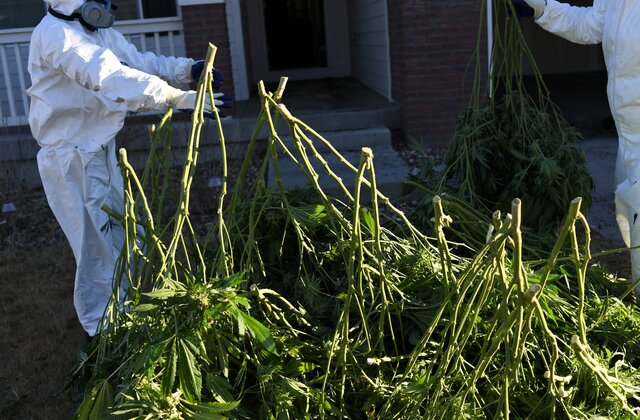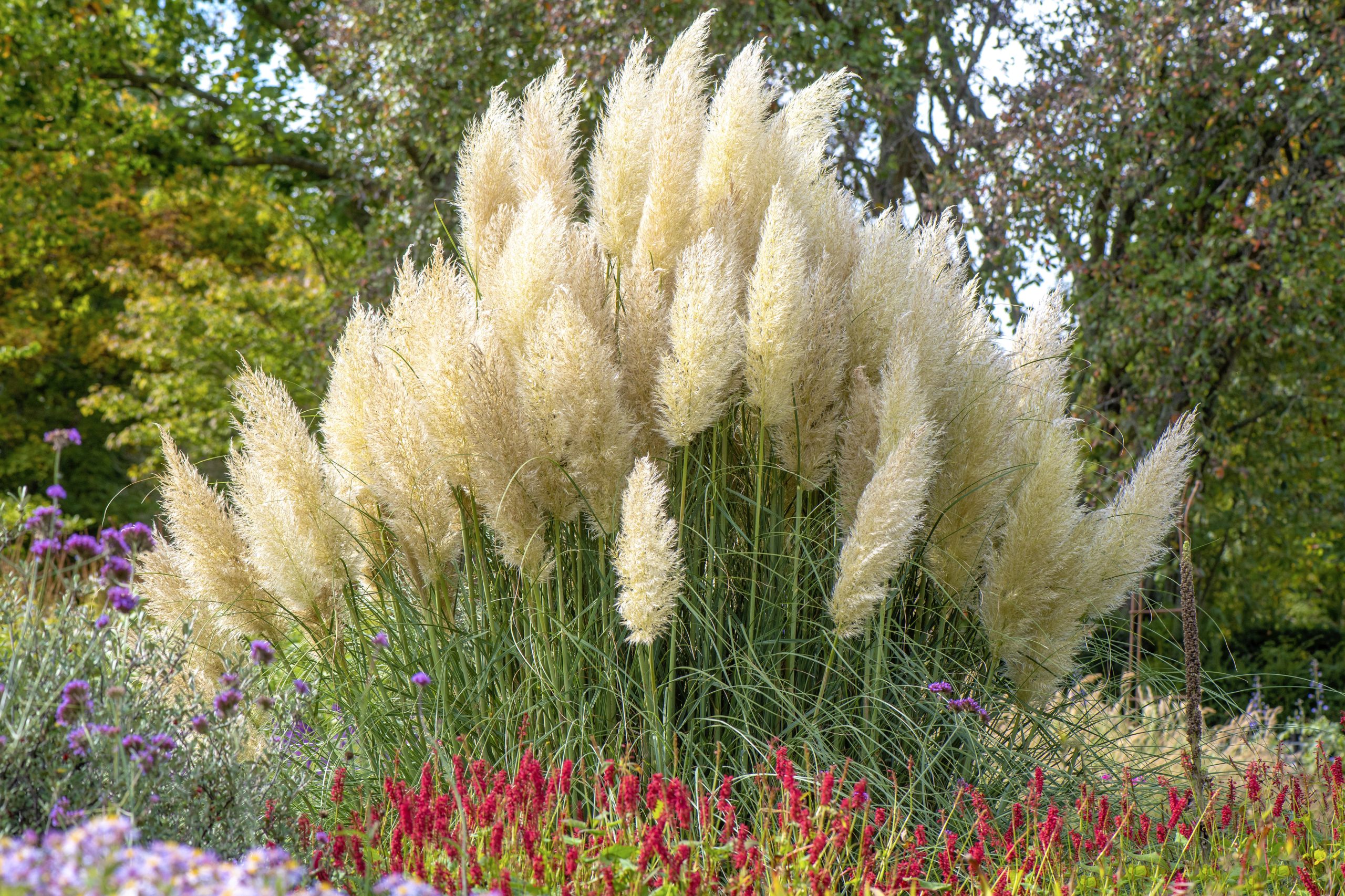Invasive plants pose a serious threat to California’s environment, economy, and health. These non-native plants can quickly take over natural areas, harming agriculture, and wildlife habitats, and even increasing wildfire risk.
The California Department of Fish and Wildlife (CDFW) is urging residents to refrain from buying or planting certain species that have the potential to wreak havoc on the state’s ecosystems. These plants may escape cultivation and spread rapidly, causing irreparable damage.
California is home to a diverse range of ecosystems, and introducing invasive plants can disrupt the delicate balance of native species. Invasive plants compete with native flora for resources like space, light, water, and nutrients, often out-competing them and replacing natural vegetation.
To combat the spread of invasive plants, the CDFW recommends avoiding the following species:
- Big Periwinkle (alternative: Douglas Iris)
- English Ivy (alternative: Alumroot)
- Giant Reed (alternative: Willows)
- Iceplant (alternative: Purple sage)
- Onion Grass (alternative: California aster)
- Pampas Grass (alternative: Giant wildrye)
- Red Sesbania (alternative: Western redbud)
- Russian Olive (alternative: Valley oak)
- Tree-of-Heaven (alternative: Big leaf maple)
These alternatives offer similar aesthetic appeal while minimizing the risk of invasive species introduction. By choosing native or non-invasive plant species, individuals can help protect California’s environment and preserve its natural beauty.

The California Invasive Plant Council, a nonprofit organization, emphasizes the importance of controlling invasive plants to safeguard the state’s environment and economy.
Invasive plants not only threaten agricultural productivity but also disrupt aquatic ecosystems and contribute to habitat loss for endangered species.
Related Articles:
- Marching Forward: Six Local Boys High School Basketball Teams Head to State Semifinals
- Uncertainty for San Francisco Street Vendors Amid Proposed Bans
- Camaro Thefts Soar: Tips to Protect Your Ride
Invasive weeds alone cost an estimated $33 billion annually nationwide, highlighting the significant economic impact of these plants. Additionally, invasive species can deplete oxygen levels in water, pose fire hazards in urban areas, and pose a threat to native wildlife.
While California boasts a rich diversity of plant life, it also faces the challenge of managing invasive species. With nearly 200 invasive plant species identified in the state, concerted efforts are needed to prevent further damage to California’s ecosystems.

